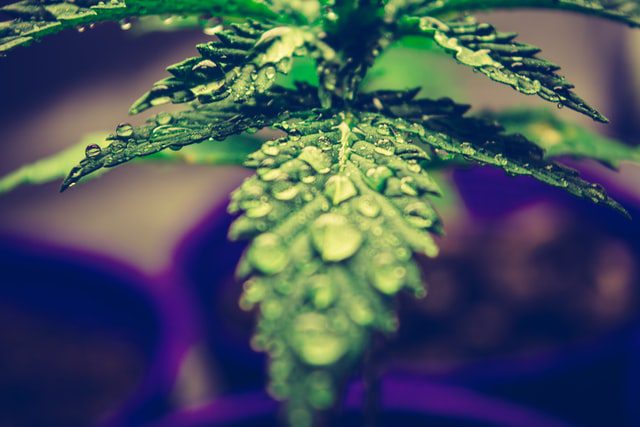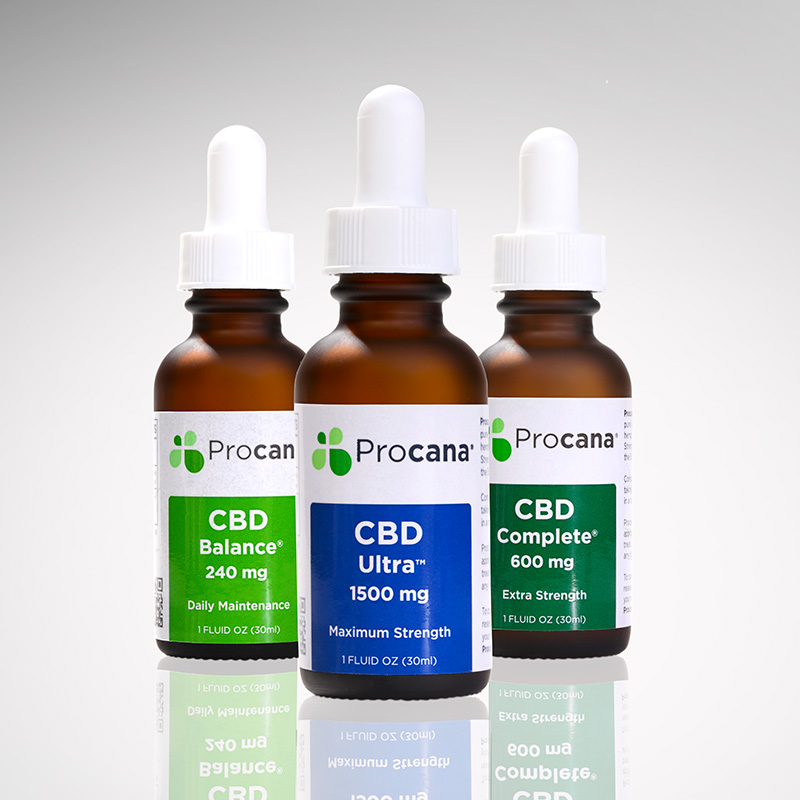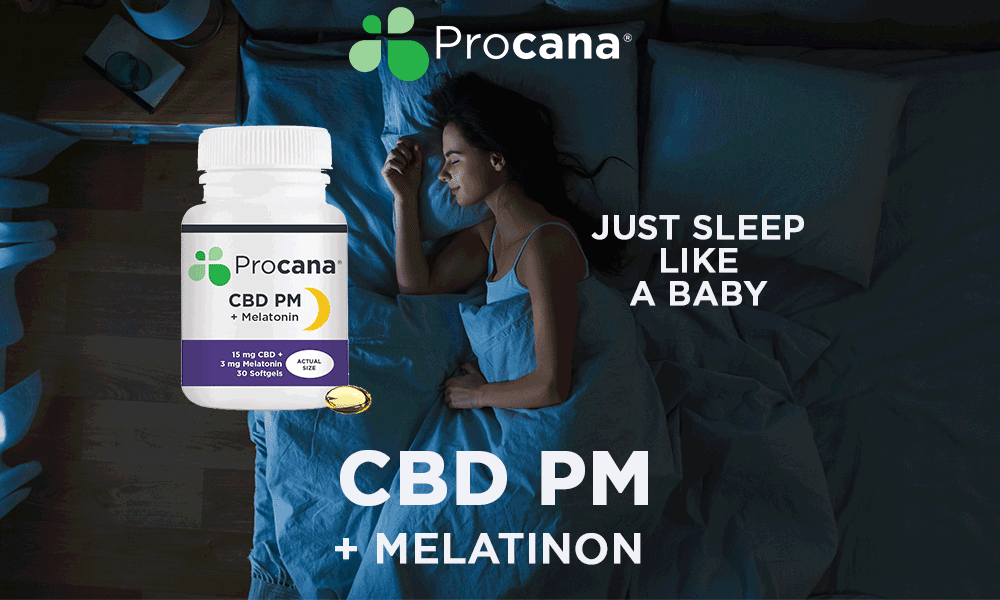Cannabis plants have two main species Cannabis sativa and cannabis Indica. Both are similar but also different to some extent. This article is all about cannabis Sativa, so if you are keen to know what Cannabis sativa, its uses, and side effects are, then you are on the right page.
Cannabis sativa is famous as hemp. Its plant is tall and thin. It has delicate finger-shaped leaves, which give it a sleek appearance. It takes more time to mature than some other types of cannabis.
It has been widely cultivated as a source of bast fibers. It is one of the oldest non-food crops known. The plant is native to India and Persia. This plant likes a warm temperate, so it has been cultivated in nearly all temperate and tropical countries for the last six hundred years. Acapulco, Panama, and Durban Poison cannabis are some popular strains.
The desiccated leaves and buds of this plant are famous as marijuana. You can smoke, hand-rolled, or consume it through the pipe. The resinous secretions of the plant are famous as hashish. The fiber of the cannabis plant is cultivated as industrial hemp and used in the textile sector.
Chemical Composition
The chemical composition of cannabis Sativa is complex as it contains 421 chemical compounds, and the most prominent is delta 9 THC. Delta 9 THC is responsible for the psychoactive effects. It means that it can make you high on consumption. Remember that THC is only one compound. Not all cannabis compounds are psychoactive. The key difference between Sativa and Indica is also the presence of THC. The Sativa strain is high in THC, while Indica has CBD content. THC affects our nervous system and causes intoxicating effects.
Legal Status
The Legal status of Cannabis sativa varies from state to state. Every state has different laws and by-laws. According to law, all compounds having less than 0.3 percent THC are legal. Moreover, it is a schedule I drug in some states but is accepted in sixteen states and the District of Columbia only for medicinal purposes. It is one of the highest dollar value crops grown in the USA.
Medicinal Uses of Cannabis Sativa
Cannabis Sativa has been used for medicinal purposes in many cultures for centuries. It has been used as a pain-relieving medicine for spasms, asthma, insomnia, depression, and loss of appetite. Later its use became controversial and banned in many countries around the globe. Thanks to amendments in the law, now the Cannabis sativa and its compound are gaining popularity due to its medicinal uses. Some medicinal uses are following.
- Cannabis sativa is usually recommended for the treatment of drug-resistant epilepsy. It is part of FDA approved medicine Epidiolex. According to a study, Epidiolex shows remarkable results in Dravet syndrome (DS) or Lennox-Gastaut syndrome. It helped in reducing the frequency of seizures in children with epilepsy.
- The application of cannabis Sativa to treat neurologic and mental diseases is expanding. It helps manage or treat Tourette syndrome to some extent. Tourette syndrome is a childhood-onset neuropsychiatric disorder characterized by motor and vocal tics. According to a study (THC) is effective in the treatment of tics in Tourette syndrome.
- Stress, anxiety, and depression are some of the most common problems of modern life. Battle with depression is real, so people are looking for an alternative to treat this, which is more effective as compared to traditional medicines. According to research, cannabinoids help treat or manage depression.
- Cannabis Sativa has many potential uses in ophthalmology. It is helpful in treating.
- Painful Glaucoma. In this condition, additional pressure is felt on the eyeball. Cannabis can help reduce the pressure applied on the eyeball providing some temporary relief to the patients. According to a study, patients showed the positive effects of cannabis and felt a decrease in pressure.
Risks and Side Effects
Usually, people see the potential benefits of the cannabis Sativa, but it can cause some side effects too. These side effects are related to THC, not CBD. Moreover, if you are new to cannabis or using it the first time, then you are more likely to face any of the following side effects.
- It can cause dry mouth and dry eyes, so you may need to drink or splash water frequently.
- Usually, it is associated with managing anxiety and depression, but some strain can increase anxiety. Some people may feel more depressed as everybody is different and their systems react differently.
- Some may feel dizziness and lethargy due to its relaxing properties. Again it varies from person to person.
- Moreover, the method of use can increase potential risk, and side effects such as vaping and smoking can affect your lungs and airways. It is better to use it in an edible form such as gummies, cookies, etc.; people suffering from any underlying health condition are more likely to face side effects. Moreover, older people, teenagers, and pregnant women should be extra cautious while using it to avoid side effects.
Interaction
It may interact with other compounds and medicines, such as medicines having sedative effects and CNS depressants. Similarly, Theophylline can interact with cannabis. It also affects the blood clotting medicines as cannabis slows the process of blood clotting. These interactions vary from human to human. Some may feel no interaction or reaction, while others may face adverse reactions.
Wrapping Up The Things
Sativa often has lower doses of CBD and higher doses of THC, so if you are interested in knowing the safe way to use it, you must consult your doctor and go through the state’s laws. You can discuss potential benefits and adverse effects with your doctor. Moreover, don’t forget to consider your health condition. The general perception is that Sativa has energizing can be helpful for people with depression, headaches, nausea, and appetite loss. Again, it is important to expand research to prove these claims. There is a need for more studies and clinical trials to explore the true potential of cannabis Sativa.
Related: What Is the Difference Between Sativa and Indica Cannabis?





